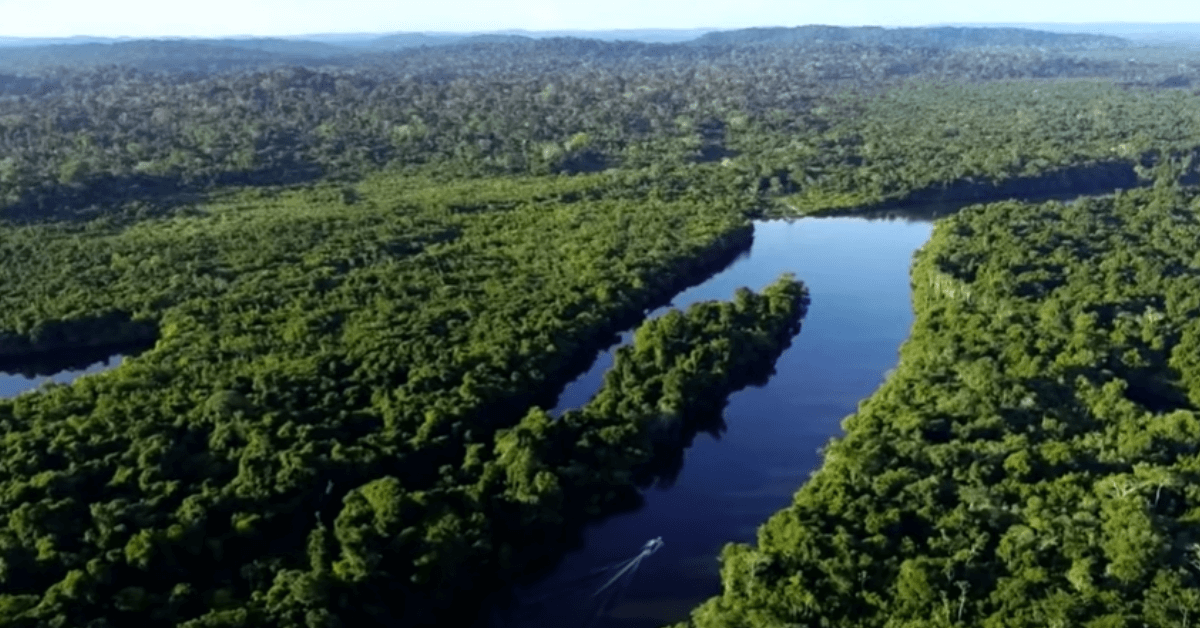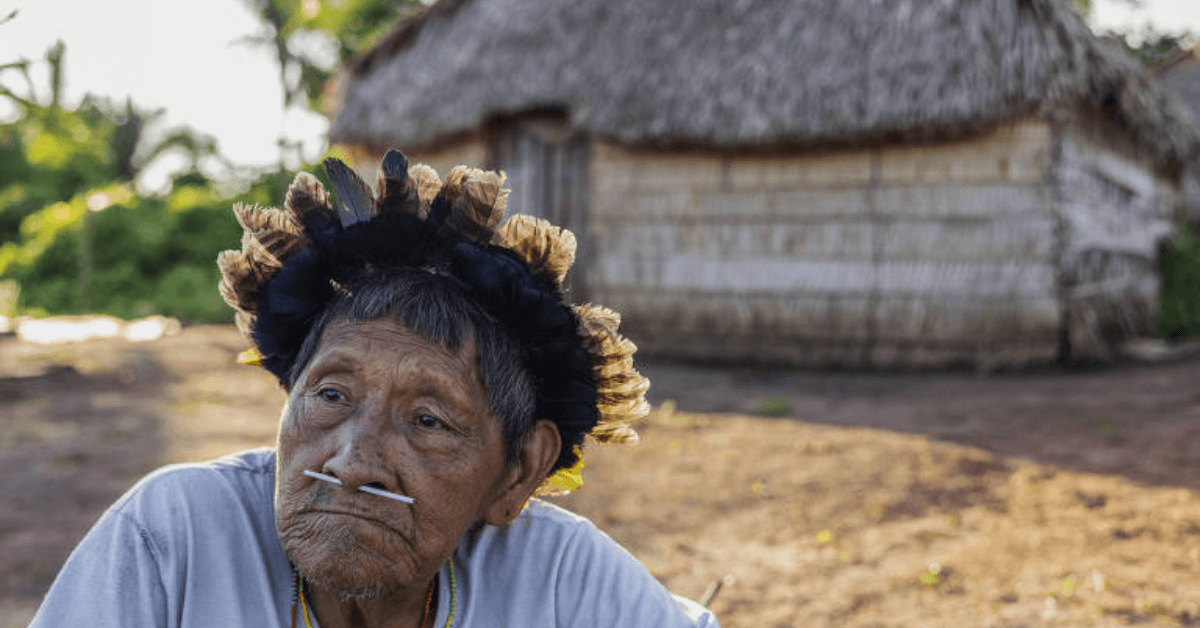Terra do Meio Ecological Station: Preservation, Conflicts, and the Future of Traditional Communities
Located between the Xingu and Iriri rivers, in the Terra do Meio region of Pará, the Terra do Meio Ecological Station (Esec Terra do Meio) stands as one of Brazil's largest efforts to preserve the Amazon. Created in 2005 to combat land grabbing and violence, it spans about 3.4 million hectares. However, its establishment has also generated tensions with traditional communities and indigenous peoples who have lived there for generations. This article presents an overview of the historical and current challenges of the Esec Terra do Meio, highlighting the struggle of riverine communities, the critical situation of the Arara people, and recent advances against illegal mining and deforestation.

Creation of the Terra do Meio Ecological Station: Preservation and Conflicts
The establishment of the Esec Terra do Meio was a direct response to international pressure following the assassination of missionary Dorothy Stang in 2005. The creation of the station aimed to halt land conflicts and prevent the privatization of public lands. However, by not fully respecting prior technical studies—which recommended the creation of extractive reserves—the government included areas occupied by local families within a strictly protected ecological station, where human presence is prohibited by law.
Many of these families, descendants of "rubber soldiers" brought during World War II, now face threats of eviction despite their sustainable livelihoods based on forest product extraction and subsistence agriculture. Prosecutor Thaís Santi of the Federal Public Ministry in Altamira has worked to defend their right to remain, commissioning studies to prove their minimal environmental impact.
Historical Background of Terra do Meio
Since the 1970s, the opening of the Transamazônica highway and the implementation of the National Integration Plan profoundly altered the region. The construction of roads like the "Transiriri" and the settlement of thousands of families disrupted indigenous territories, including that of the Arara people.
Subsequent decades saw intensified deforestation, violent actions by loggers and land grabbers, and a severe lack of public policies to protect the region's original inhabitants.
Timeline – Key Events in Terra do Meio
| Year | Summary |
|---|---|
| 1970 | Start of Transamazônica construction; Arara territory disrupted. |
| 1981 | First official contact with Arara subgroups by FUNAI. |
| 1985 | Government intervention to protect indigenous areas. |
| 1991 | Court orders removal of Madeireira Bannach from indigenous land. |
| 1993 | Attempt to reunify Arara and Cachoeira Seca territories. |
| 1997 | STJ annuls expansion of Cachoeira Seca territory. |
| 2006 | MPF demands definitive demarcation of indigenous land. |
| 2008 | Declaration of Arara's permanent possession of Cachoeira Seca. |
| 2016 | Official homologation of Cachoeira Seca territory. |
| 2019 | Belo Monte dam officially inaugurated. |
| 2020 | COVID-19 severely impacts Arara communities. |
| 2022 | Arara people publish Free, Prior, and Informed Consultation Protocol. |
Source: Guardiões do Iriri
The Arara People and the Fight for Their Land
The Arara people from the Cachoeira Seca Indigenous Territory are among the most affected by economic expansion and major infrastructure projects like the Belo Monte Hydroelectric Plant. Forced contact, disease outbreaks, and now illegal invasions threaten their very existence.
Recent reports by Sydney Possuelo, a renowned Brazilian sertanista, reveal appalling conditions: illegal settlements like Maribel and Bem Bom thrive within indigenous territory, fueled by illegal logging, hunting, and fishing activities.

Chief Toto Arara voices his community's fear and resistance: "We live under constant threat. Hunters and loggers freely roam our land. We want to guarantee a future for our children." The urgent call for land clearing operations remains unanswered by authorities.
Recent Efforts Against Deforestation and Illegal Mining
In early 2025, operations conducted by ICMBio and the National Force within the Esec Terra do Meio achieved significant success: over R$10.8 million in fines were issued, and deforestation dropped by 98% within two years. The permanent barrier installed in 2023 has been key to this success, enabling constant land, river, and aerial patrols.
The ongoing challenge, however, remains to dismantle illegal economic networks and ensure that protected areas are truly respected.
Understanding the Forest as a Social Construction
Researchers like Mauro Almeida argue that the Amazon is not a "virgin" forest but a landscape deeply shaped by millennia of human interaction. Recognizing the traditional communities' role is crucial for genuine conservation strategies.
Thus, allowing low-impact traditional communities to remain in Terra do Meio could strengthen, not weaken, forest preservation efforts.
Conclusion: What Lies Ahead for Terra do Meio?
The story of the Terra do Meio Ecological Station exemplifies the complex intersection between environmental preservation and social justice. Protecting the Amazon cannot come at the cost of erasing the very communities that have sustained it.
The future of Terra do Meio depends on reinforcing anti-deforestation efforts, fully protecting indigenous lands, and valuing traditional knowledge as an ally in the fight against climate change.
For related topics, you might be interested in reading about the Grão-Pará Ecological Station, the COP30 Political Spectacle, and the Açaí from Pará.
References
Map of Terra do Meio Conservation Units

